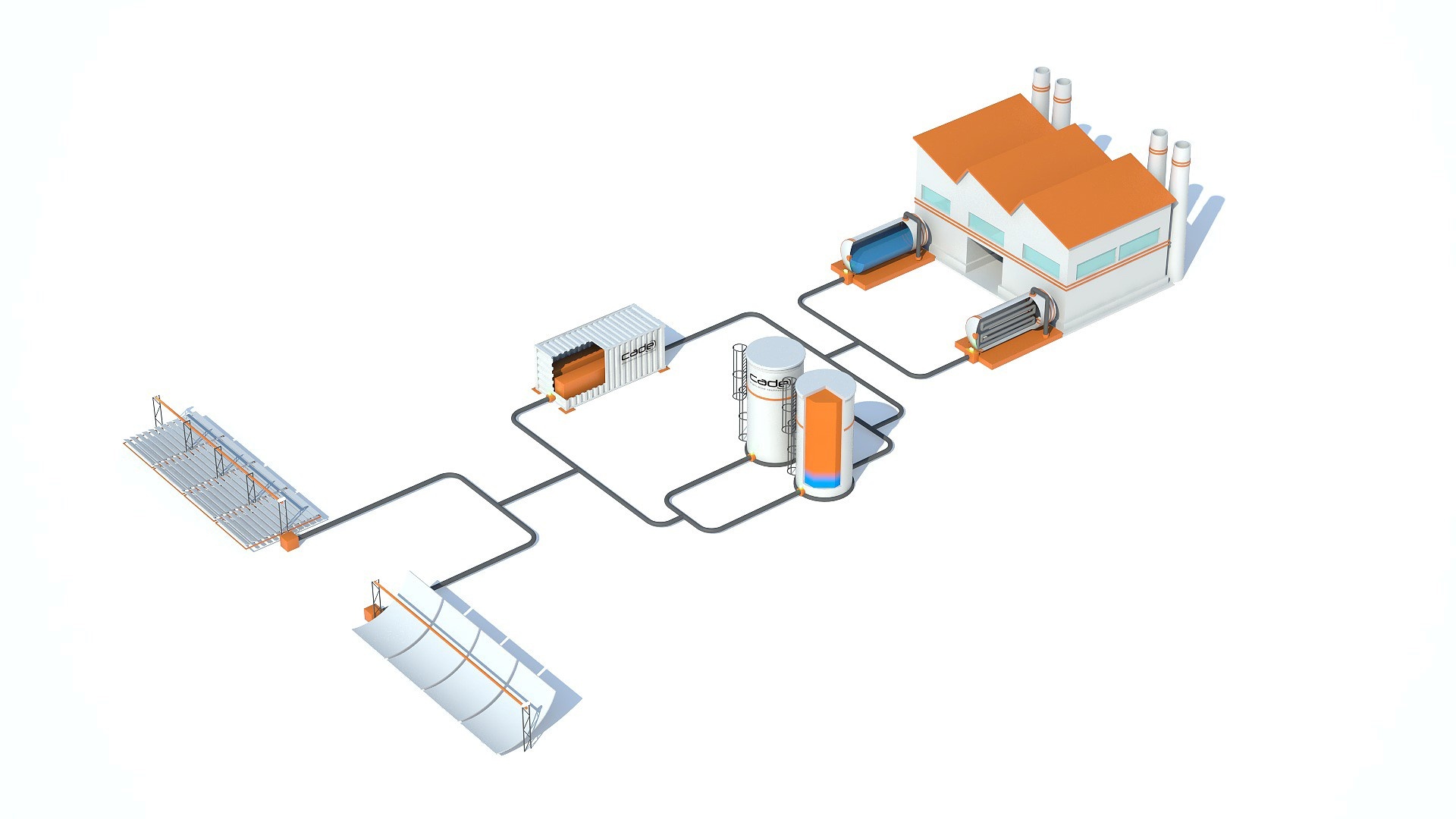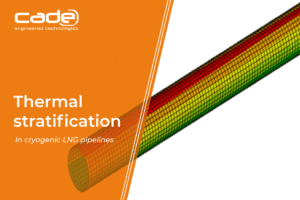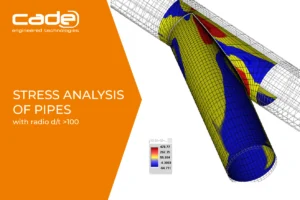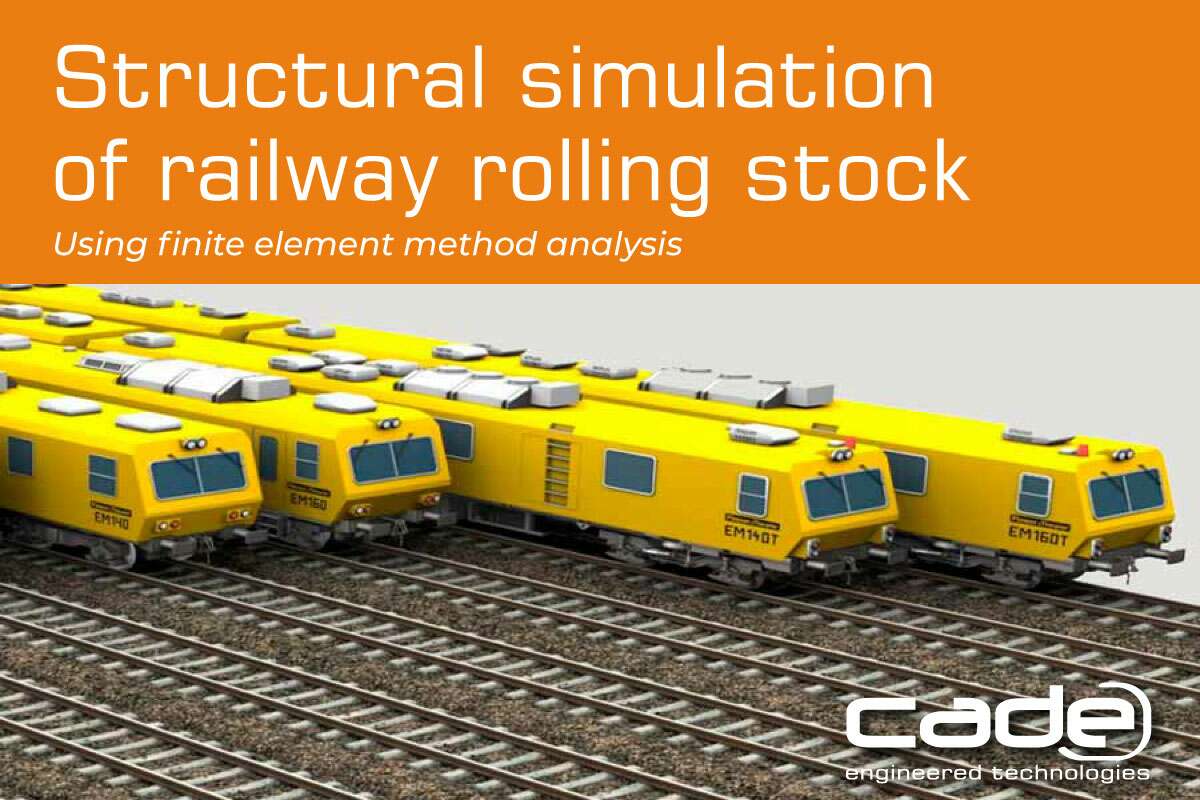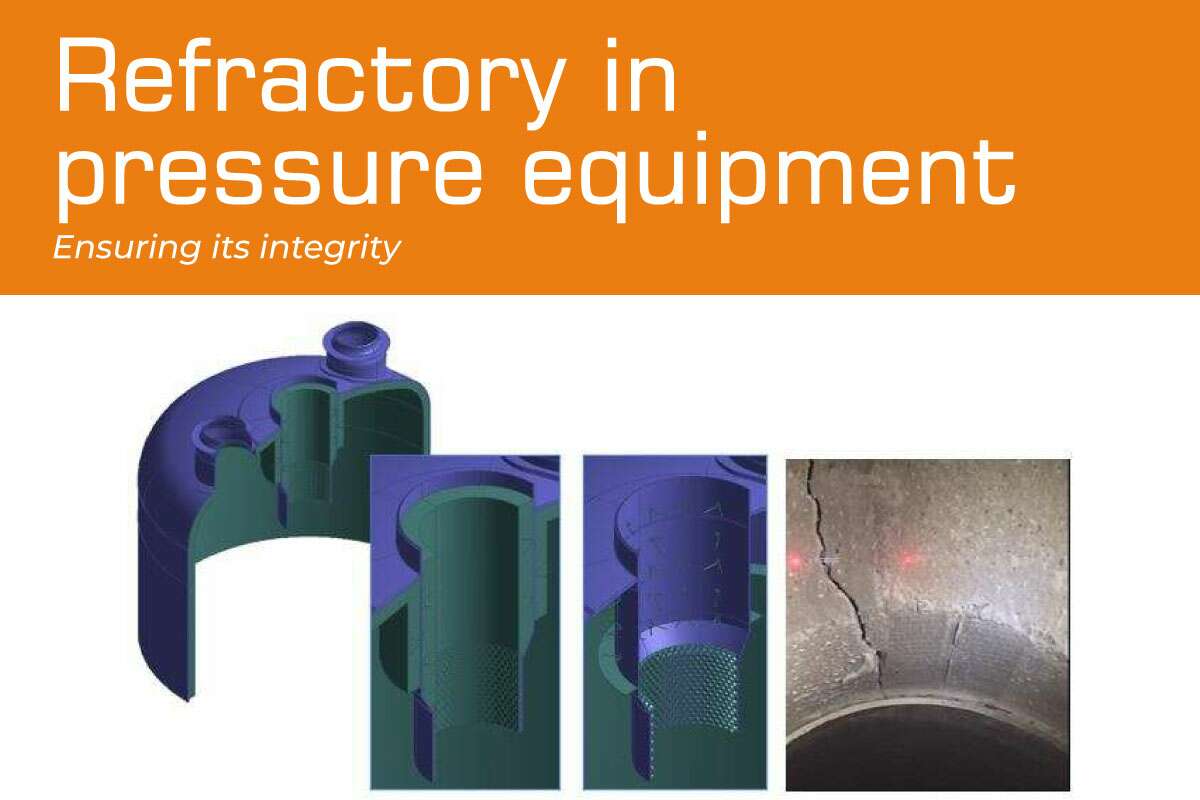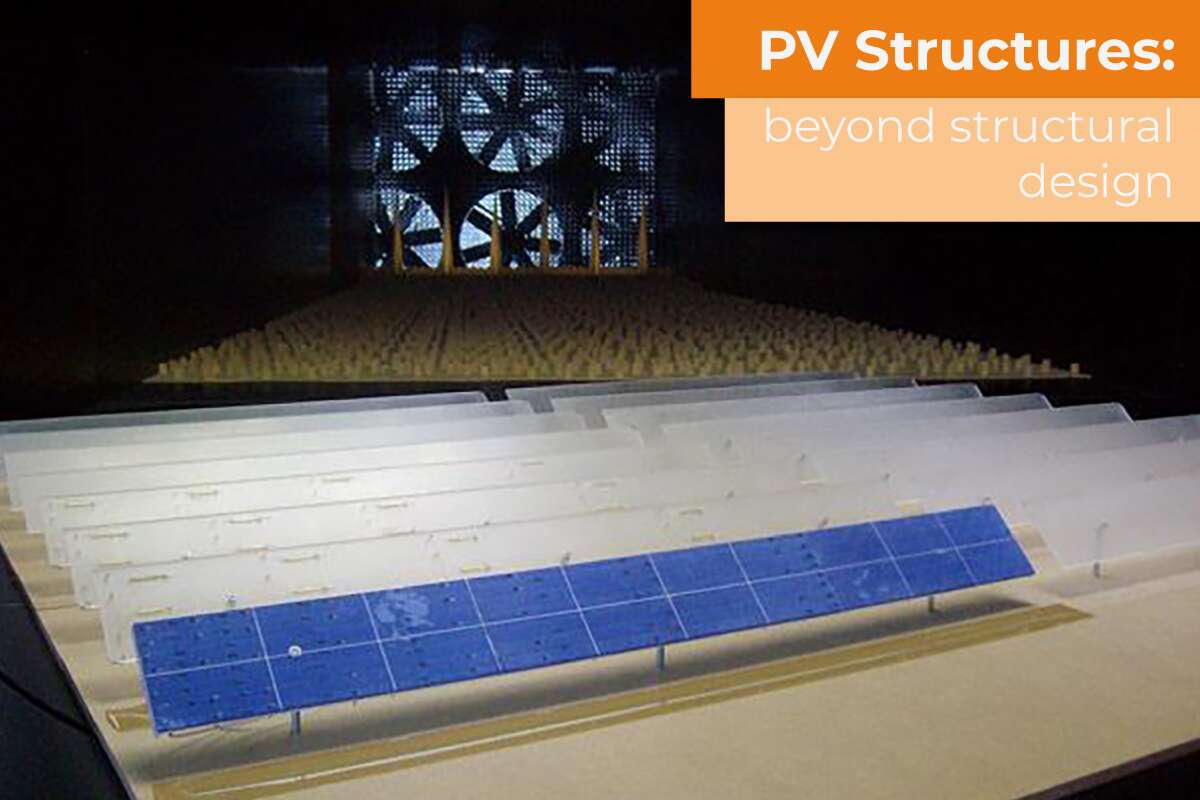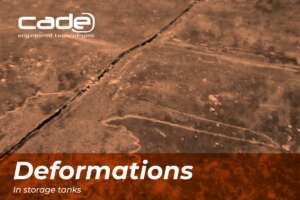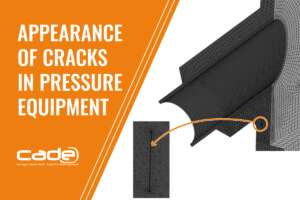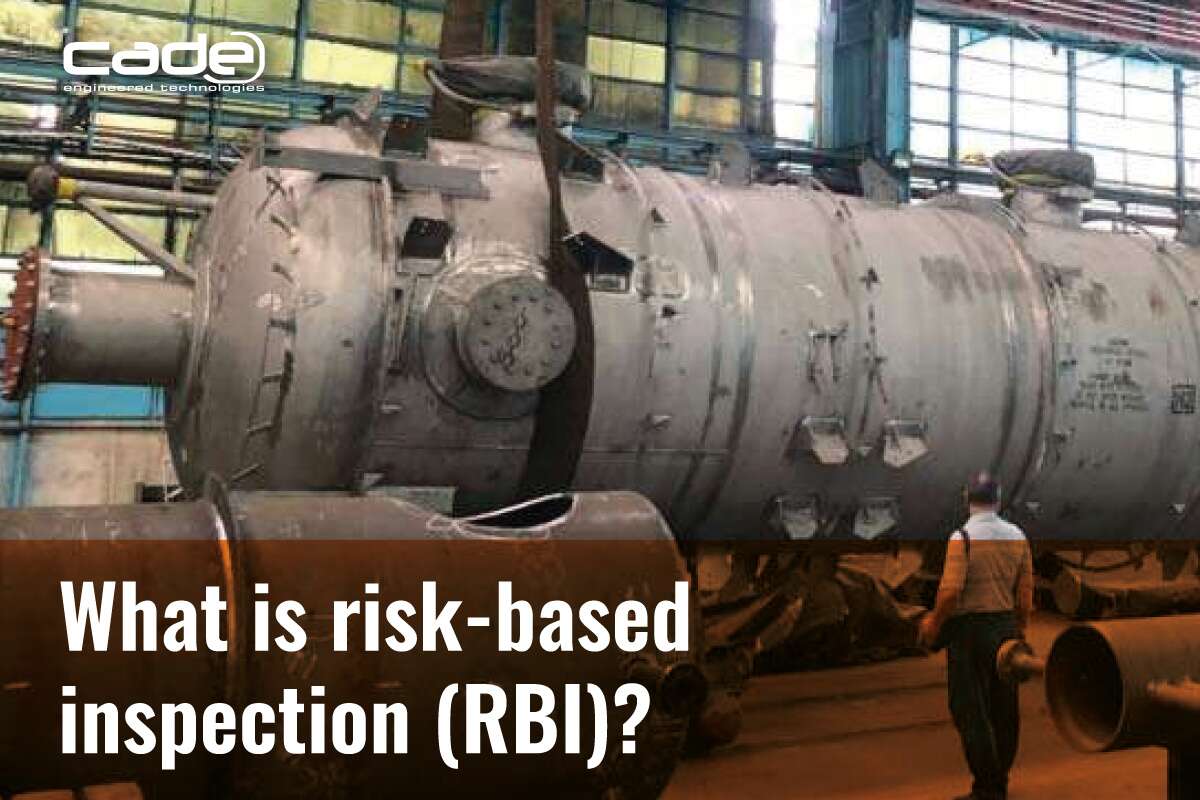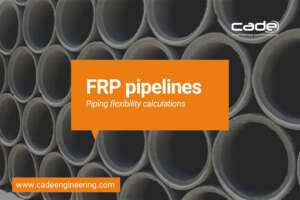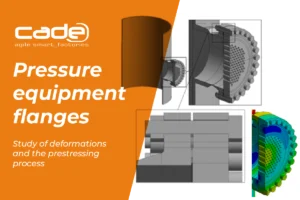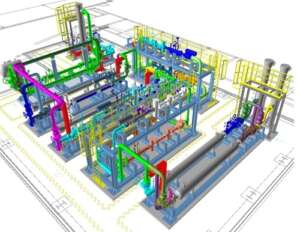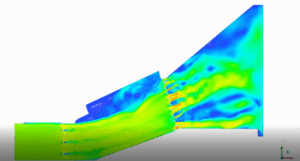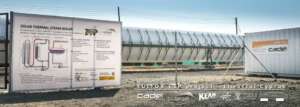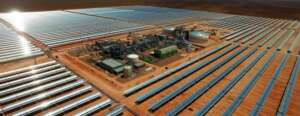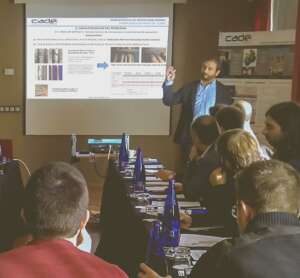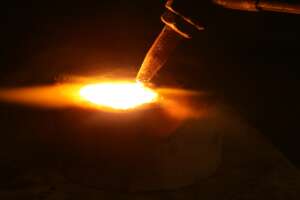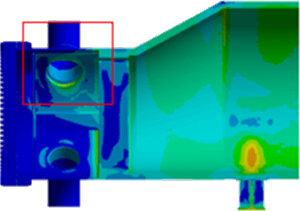Accurate determination of the wind loads acting on urban structures is essential to ensure their safety and proper performance.
A crucial aspect to consider in this process is the influence of the terrain boundary layer, which can have a significant impact on the distribution and magnitude of said loads. The terrain boundary layer refers to the thin region of the atmosphere adjacent to the surface, where wind speed is affected by the roughness and characteristics of the environment.
In urban environments, variations in the height, density and morphology of buildings and obstacles present can give rise to a complex and highly heterogeneous terrain boundary layer.
Ignoring this consideration can lead to underestimating wind loads, which could compromise the structural integrity and safety of buildings. Therefore, it is essential to integrate the effect of the terrain boundary layer in the analysis and design of urban structures. Two commonly used approaches to evaluate their influence are computational fluid dynamics (CFD) simulation and wind tunnel testing.
Although wind tunnels provide a physical representation of the phenomenon, allowing direct measurement of wind loads on a scale model, CFD modeling allows the interaction between wind flow and the geometry of the urban environment to be analyzed in detail, considering the complexity of the boundary layer, with a better number of tests/price ratio and a higher level of detail than wind tunnel tests. However, numerical models require validation by comparison with experimental results, so both methodologies coexist, so that CFD analysis is used during the design process, offering a high capacity to perform sensitivity analysis and optimization in order to obtain a final design, which will be validated through experimental tests in a wind tunnel.
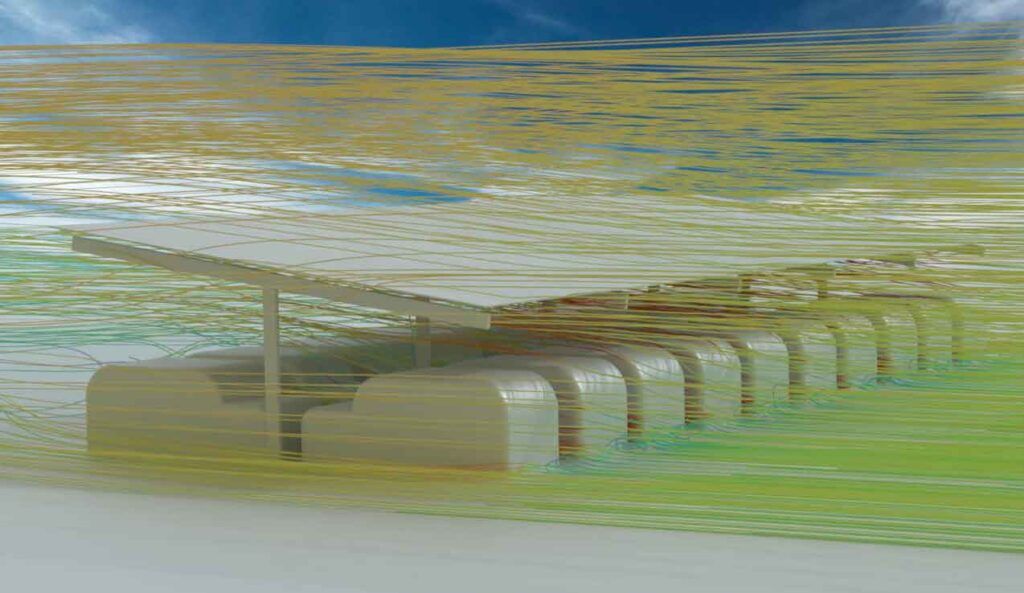
Correct modeling of the terrain boundary layer is essential in CFD simulations to achieve favorable validation and adequately evaluate wind loads.
In this sense, the use of CFD tools, such as ANSYS Fluent or OpenFOAM, requires adequate parameterization and configuration of the computational domain and boundary conditions. Some of the key aspects to take into account in this configuration are:
- Computational domain: Ensure that the domain is large enough to capture the evolution of the boundary layer of the terrain and avoid the influence of the domain limits on the results obtained in the geometry to be analyzed.
- Computational mesh: Generate a refined mesh capable of accurately capturing velocity and turbulence gradients, according to the boundary layer of the terrain and the requirements of the turbulence model used.
- Boundary conditions: Specify an input velocity and turbulence profile that represents the variation of wind speed with height, according to the boundary layer of the terrain to be analyzed.
- Turbulence models: Employ turbulence models that can adequately capture boundary layer effects and accurately reproduce flow shedding zones.
- Validation and verification: Compare CFD results with field data or wind tunnel tests to ensure that the numerical model correctly represents the influence of the boundary layer and the resulting wind loads.
By properly incorporating these aspects into CFD simulations, an accurate assessment of the distribution and magnitude of wind loads can be achieved, considering the complexity of the terrain boundary layer in urban environments. This is crucial for a safe and optimized structural design.
In conclusion, consideration of the boundary layer of the terrain is essential for an accurate determination of the wind loads acting on urban structures. Ignoring this aspect can lead to inadequate structural design and put the safety of buildings at risk. The application of techniques such as CFD simulation and wind tunnel testing are valuable tools to address this problem and guarantee the correct evaluation of wind stresses.
CADE, with more than 20 years of experience in structural calculation and CFD, has its own methodologies, developed in order to ensure the quality and precision of the results obtained, taking into account the standards established in international codes (Eurocode, ASCE) to the time to define the boundary conditions and evaluate the wind loads resulting from the impact of the boundary layer of the terrain on the structures under analysis.
Further information:
For any question or further information request about our services and technologies, please complete the following form:




